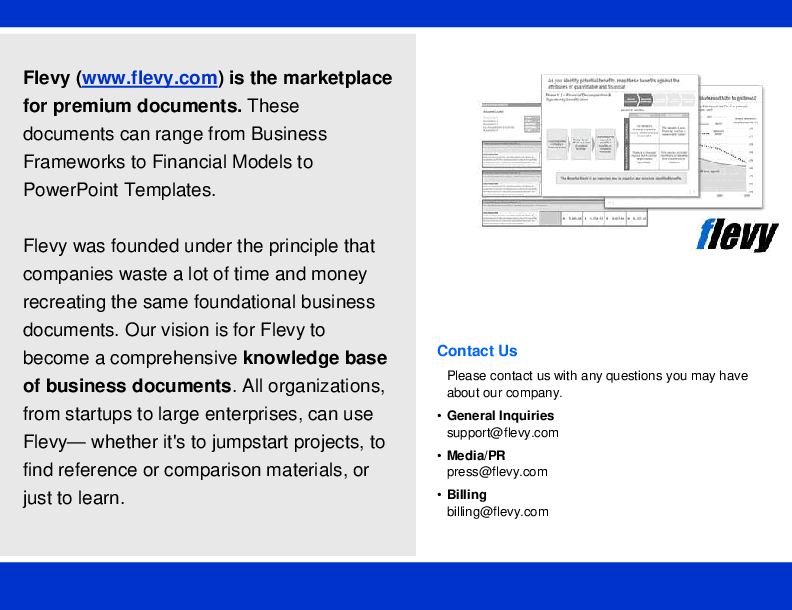Lean Poster (PDF)
PDF document + PowerPoint (PPTX) 3 Pages
BENEFITS OF THIS PDF DOCUMENT
- Provides the key concepts and principles of the Lean management framework.
- Serves as a supplementary tool for your Lean awareness or workshop session.
- Print the poster in A3/A4 size right out from your office copier machine.
LEAN PDF DESCRIPTION
The Lean Poster highlights the Lean Management Framework (a.k.a. the "House of TPS"), the concept of Value-added Activities and Non-value-added Activities (waste), the Eight Types of Waste, the Five Lean Principles and the generic PDCA Approach to Waste Elimination.
The Lean Poster is available in two distinct themes: a vibrant color scheme and a professional monochrome version. In both formats, the poster comes in a convenient PDF as well as an editable PPTX format, enabling effortless printing on A3/A4-sized paper from standard office copier machines. This versatile resource can be prominently displayed on employee workstations or distributed alongside Lean-related training materials.
Furthermore, the Lean Poster is an ideal supplement to Lean Thinking training presentations. It serves as a valuable takeaway, summarizing the core principles of Lean and reinforcing the key takeaways from your training.
The Lean Poster provides a description of the key Lean Concepts and Principles. It includes:
1. The Lean Management Framework
Includes the five "pillars" such as Stability, Standardization, Just-In-Time, Jidoka and Involvement
2. The Five Lean Principles
• Define value from the customer's perspective and provide what they want
• Identify the value stream or process for each product or service and reduce or eliminate steps that do not add value
• Align the value-added steps so they flow continuously
• Allow the level of customer demand to pull the process, i.e., produce only what is ordered
• Pursue perfection through continuous improvement
3. The Eight Types of Waste
Over-production, Waiting, Motion, Transportation, Inventory, Defects, Over-processing and Intellectual waste
4. Value-added Activities vs. Non-value-added Activities
• Value-added activities
• Non-value-added activities: Incidental waste
• Non-value-added activities: Pure Waste
5. The PDCA Approach to Waste Elimination
• Eight-step PDCA problem-solving process
The Lean Poster also includes a detailed breakdown of the PDCA cycle, providing actionable steps for continuous improvement. Visual aids and concise summaries ensure quick comprehension and practical application in real-world scenarios.
Got a question about the product? Email us at support@flevy.com or ask the author directly by using the "Ask the Author a Question" form. If you cannot view the preview above this document description, go here to view the large preview instead.
Source: Best Practices in Lean PDF: Lean Poster PDF (PDF) Document, Operational Excellence Consulting


